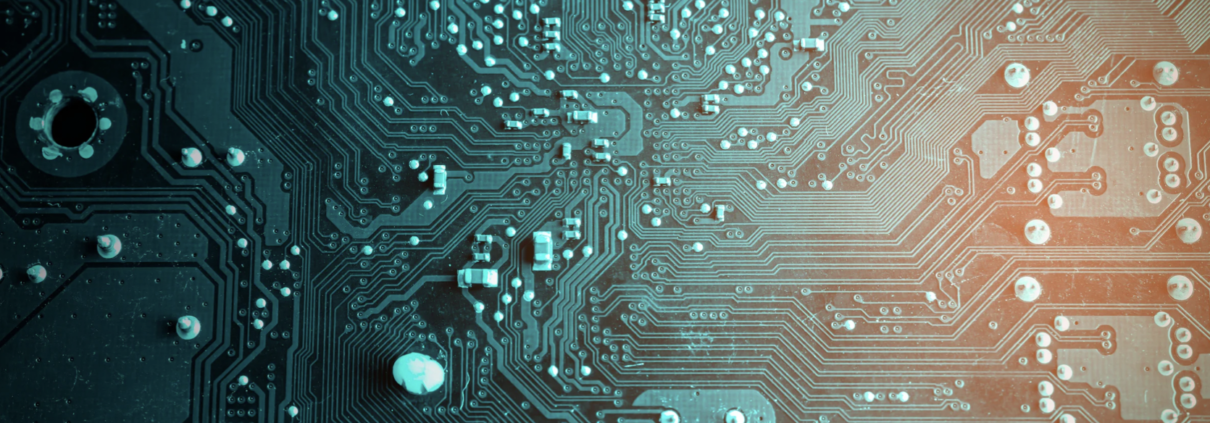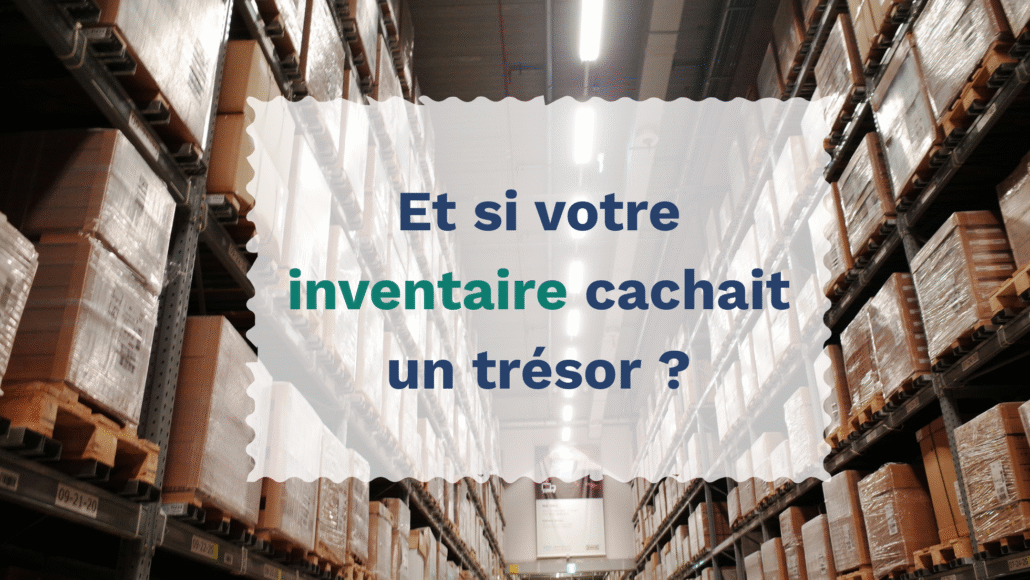
Smartphones, computers, televisions, household appliances… Electronic and electrical equipment has become an omnipresent part of our lives. But behind this unbridled consumption lies a heavy environmental toll, with natural resources over-exploited and mountains of toxic waste piling up.
Faced with these challenges, the electronics sector needs to radically reinvent itself in order to move towards a circular economy. The aim is to complete product life cycles by recovering and reusing as many materials as possible, while developing economic models for repair and re-use.
An overview of the pioneering initiatives that are shaping the future of more sustainable and responsible electronics.
Recovering valuable materials from electronic waste
One of the main challenges of the circular economy in the electronics sector is to make better use of waste electrical and electronic equipment (WEEE) at the end of its life. Computers, smartphones, televisions… These devices contain many precious and strategic materials such as gold, silver, palladium and rare earths.
Rather than landfill or incinerate them, more and more specialist companies are developing advanced recycling processes to recover these materials and reintroduce them into production cycles.
This is the case of Veolia, which has developed a process for recycling electronic cards that can extract up to 17 different metals, including gold, silver and palladium. « Thanks to these cutting-edge technologies, we can recover up to 95% of the components on an electronic circuit board, compared with only 30% using conventional methods, » explains Laurent Bellan, Veolia’s Sustainable Development Director.
Other companies such as Umicore and Aurubis have also specialised in WEEE recycling, developing metallurgical and hydrometallurgical processes to recover a wide variety of precious and strategic metals.
Designing more durable and repairable products
But beyond end-of-life recycling, many players in the electronics sector are also tackling the eco-design of their products, to make them more durable and repairable. This is an essential lever for extending their lifespan and reducing the consumption of natural resources.
A pioneer in this field, Fairphone has designed a modular smartphone whose various components (screen, battery, camera, etc.) can be easily dismantled and replaced by the user. This approach makes it much easier to repair and recondition end-of-life equipment.
Other tech giants such as Apple and Samsung have also begun to incorporate sustainability and reparability criteria into the design of their flagship products, making it easier to replace certain key components such as batteries or screens.


Developing repair and reuse services
But beyond eco-design, many companies in the electronics sector are also developing repair and reuse services to give their products a second life.
At Apple, the « Trade In » programme allows customers to bring in their old iPhones, iPads or Macs for recycling or resale at a reduced price. This approach has enabled the Apple brand to reuse materials equivalent to 40,000 cars by 2021.
For its part, Samsung launched its smartphone, tablet and laptop refurbishment programme in 2017. After a thorough quality check, these second-hand appliances are refurbished, with a one-year guarantee, before being resold at a reduced price.
Some companies go even further, offering subscription or rental packages for their electronic products, rather than selling them. A circular business model that allows us to retain ownership of equipment and optimise its use throughout its life cycle.
Raising consumer awareness of re-use
But for these circular economy initiatives to really bear fruit, it is essential to get consumers on board. After all, it is they who will ultimately decide to extend the life of their electronic devices or have them repaired rather than replaced.
That’s why many brands are launching ambitious awareness-raising campaigns to promote reuse and repair among the general public.
Fairphone is committed to total transparency, publishing a detailed report every year on the environmental and social impact of its smartphones, while educating users about good repair and recycling practices.
For its part, the giant Samsung launched a vast campaign in 2022 called “Galaxy Reborn”, aimed at promoting its repair, reconditioning and recycling programs to consumers.
“We want to encourage our customers to give a second life to their devices, whether by having them repaired, reselling them second-hand or recycling them at the end of their life,” explains Stéphane Fourrier. “This is an essential lever to reduce our environmental impact.”
Technological, economic and regulatory challenges to be met
While these pioneering initiatives open the way towards circular and sustainable electronics, many challenges remain to be overcome to accelerate and amplify this transition across the entire industry.
On a technological level, it will be necessary to continue research and development efforts to improve recycling and recovery processes for precious materials, but also to design ever more durable, repairable and modular products.
On the economic side, the main challenge will be to find the right models to promote these new circular economy offers, whether repair, reuse or even subscription and rental formulas.
Finally, on a regulatory level, an ambitious and internationally harmonized legislative framework will be essential to set binding objectives in terms of eco-design, collection and recycling of WEEE. Regulations which should also make producers more responsible, for example by establishing an obligation to take back old equipment.
So many challenges to overcome for the circular economy to become the norm in the electronics sector and to significantly reduce its environmental impact. A huge project, but a unique opportunity to reinvent an industrial model that is more resource-efficient and more respectful of the planet.
Discover CircularPlace, the platform dedicated to the circular economy!
#CircularEconomy #Electronics #WeeeRecycling #WeAreCircular
Read also
Questions about CircularPlace?

